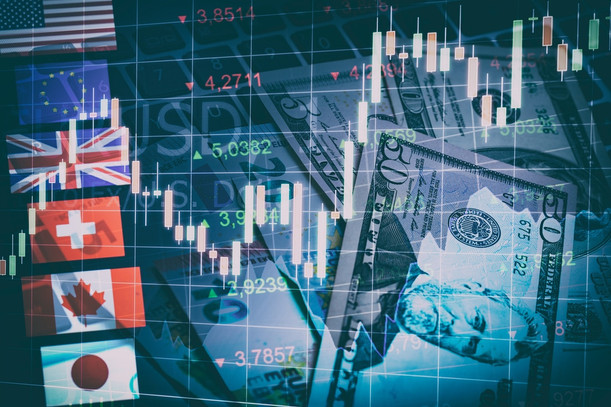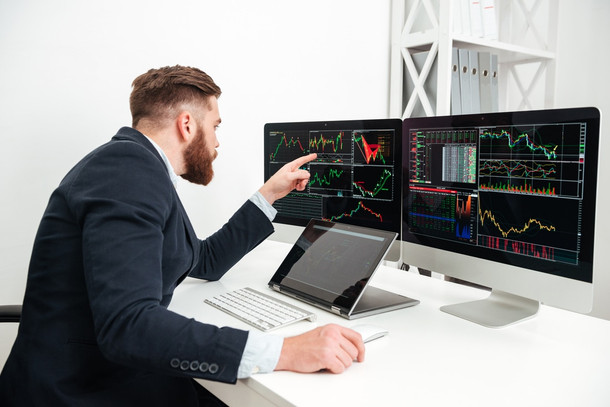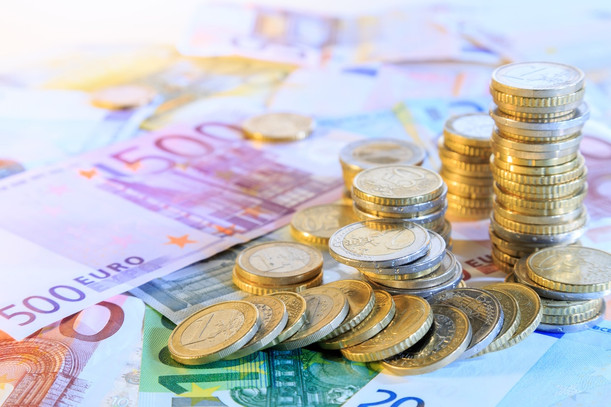Because of international trading, in addition to trade in both finished and unfinished products and services, the commercial market for foreign currencies will remain active and will tend to increase the size of trading on the forex market.
Also, the rate of growth in the forex market has been considerable, with the size and breadth of the market expanding significantly since exchange rates went from being pegged to floating freely in the early 1970’s.
This article describes some of the contributing factors which led to the remarkable growth of the forex market.
Forex Trading Centers, Products and Volume
Presently, almost two thirds of all forex trading activity can be seen in just three principal trading centers. In order of overall importance and forex trading volume, these centers consist of London, New York and Tokyo.
Every business day, the forex market has been estimated to have a turnover of over $5.5 trillion. This makes the forex market the largest financial market on the planet.
The currencies with the most trading activity in these financial centers include the U.S. Dollar, the Euro, the Japanese Yen and the British Pound Sterling. Less active currencies traded include the Swiss Franc, the Australian Dollar, the Canadian Dollar and the New Zealand Dollar.
A list of forex products broken down by daily trading volume follows:
- Currency Swaps: $2.5 trillion
- Spot Trades: $1.9 trillion
- Forward Outrights: $0.7 trillion
- Currency Options: $0.4 trillion
Growth of the Forex Market Increases Dramatically
The forex market has been growing more or less continuously ever since exchange rates began to float in the early 1970s. This can be seen by reviewing the increase in daily market turnover which was estimated for the following years as follows
- 1977 – $5 billion
- 1987 – $600 billion
- 1992 – $1 trillion
- 2001 – $1.5 trillion
- 2007 – $3 trillion
- 2010 - $4 trillion
- 2013 – $5.3 trillion
- 2017 - $5.5 trillion

Growth Factors in the Forex Market
Some of the most influential factors in the growth of the forex market seen over recent years include:
- Communication : The level of communication in the forex business and the advent of the Internet have made trading the forex market much more viable for individual traders.
- Globalization : Due to the international trade in commodities and other products, the forex market has grown exponentially to accommodate the increase in international commerce.
- Risk Management : Companies around the globe have increasingly become aware of the effects that foreign exchange moves can have on their bottom line, increasing the market for currency options, forwards, futures and other derivative products used for hedging.
- International Investments : Investors are increasingly looking for better yields and higher potential opportunities, in addition to diversification.
- Information Access : Trading tools and information services available for free on the Internet (including the FX Trading Revolution website) allow people to explore the forex market, and spread the forex trading education to a wider audience from around the world.
- Volatility : With exchange rates and interest rates changing continuously, volatility increases and this adds to currency trading opportunities.
- Advanced Computers : Because of the advances in computer technology, trading systems can now be automated. Also, trade and order processing systems can deal with larger quantities, making the process for dealing in the forex market faster, more efficient and more accurate.
Basically, the forex market offers many advantages for both individual and institutional traders alike, and the increasing recognition of this fact has led to its substantial growth in recent years.
What are the Best Hours to Trade Forex Market?
Forex market is known for its endless reservoir of profits and this is mainly because of the extremely flexible business hours and deep market liquidity. You can capitalize on both bullish or bearish trends, given that you are in the right place at the right time. You, as a trader, can open positions anytime you want but there are certain time slots that are much more preferable than others.
Before we get into a detailed discussion on the best hours to make profits, it will be better if you were aware of the following basics regarding Forex market.
There are three main trading sessions which constitute actual Forex market trading hours:
- US Session, which begins at 08:00 hours and ends at 17:00 hours (EST);
- London Session, which begins at 03:00 hours and ends at 12:00 hours (EST); and
- Tokyo Session, which begins at 19:00 hours and ends at 04:00 hours (EST), on the next day.

- There is also the Sydney Session as well as others (Frankfurt, Zurich), but from the ones above come the biggest volume of forex orders.
- The weekend always starts a bit early and only half the Friday is active while the other half is more or less inactive (considering the EST time).
- The Forex market hours calm down by 12:00 hours and the market closes by 17:00 hours (EST).
- The best time to trade, considered generally, is the middle of the week.
Now that you are familiar with the basics, you must be wondering what the phrase ‘best time’ actually means. The main characteristic of the Forex market is its volatility or its ability to swing to extremes in a given period of time. Sometimes the shifts are so drastic than a moment’s profit can turn into loss the next moment. This volatility ensures that the possibility of making profits stays but you must understand that when the market is stagnant, so is the possibility of making any profit.
It always depends on the specific trading strategy, but for strategies based on strong market moves (volatility), it is usually the best to trade when multiple sessions overlap.
- London and US, between 08:00 hours to 12:00 hours (EST);
- London and Tokyo, between 03:00 hours to 04:00 hours (EST).
This does not mean that you cannot function beyond the time slots mentioned; it simply means that these are the hours with the highest expected volatility (except the time when important economic news and indicators are released).
If you don’t want your trade period to extend beyond the day, you should open your position at the volatile hours and because of the fluctuations, you can have a chance to close it in a profit before the day ends.
Although, it is true that higher risk entails a higher reward, it can sometimes work the opposite way too. If Forex market opens an opportunity to make endless profits, it can cause fast losses as well. You must always be careful, cautious and follow the time-tested forex trading rules and money management techniques.





